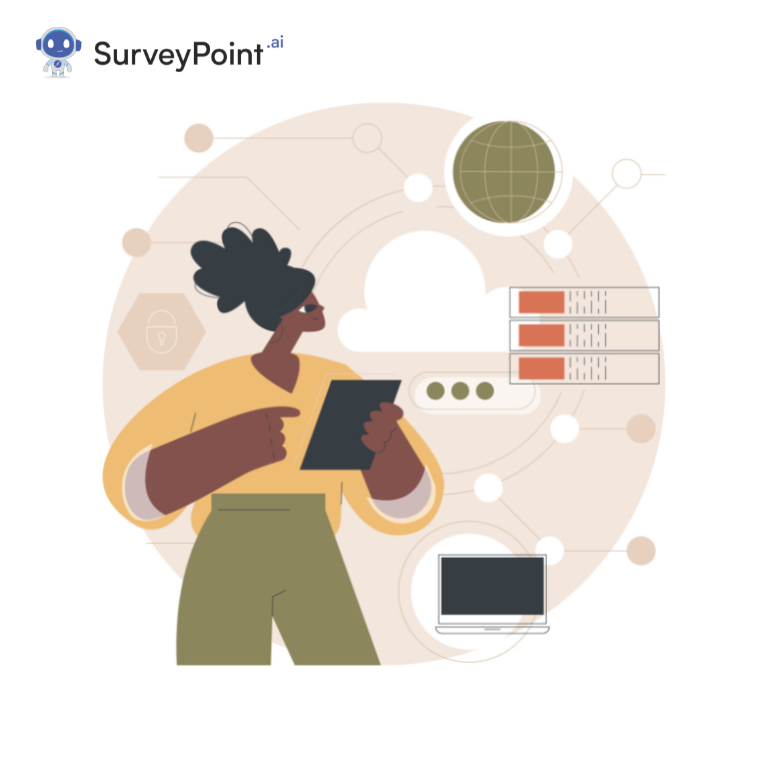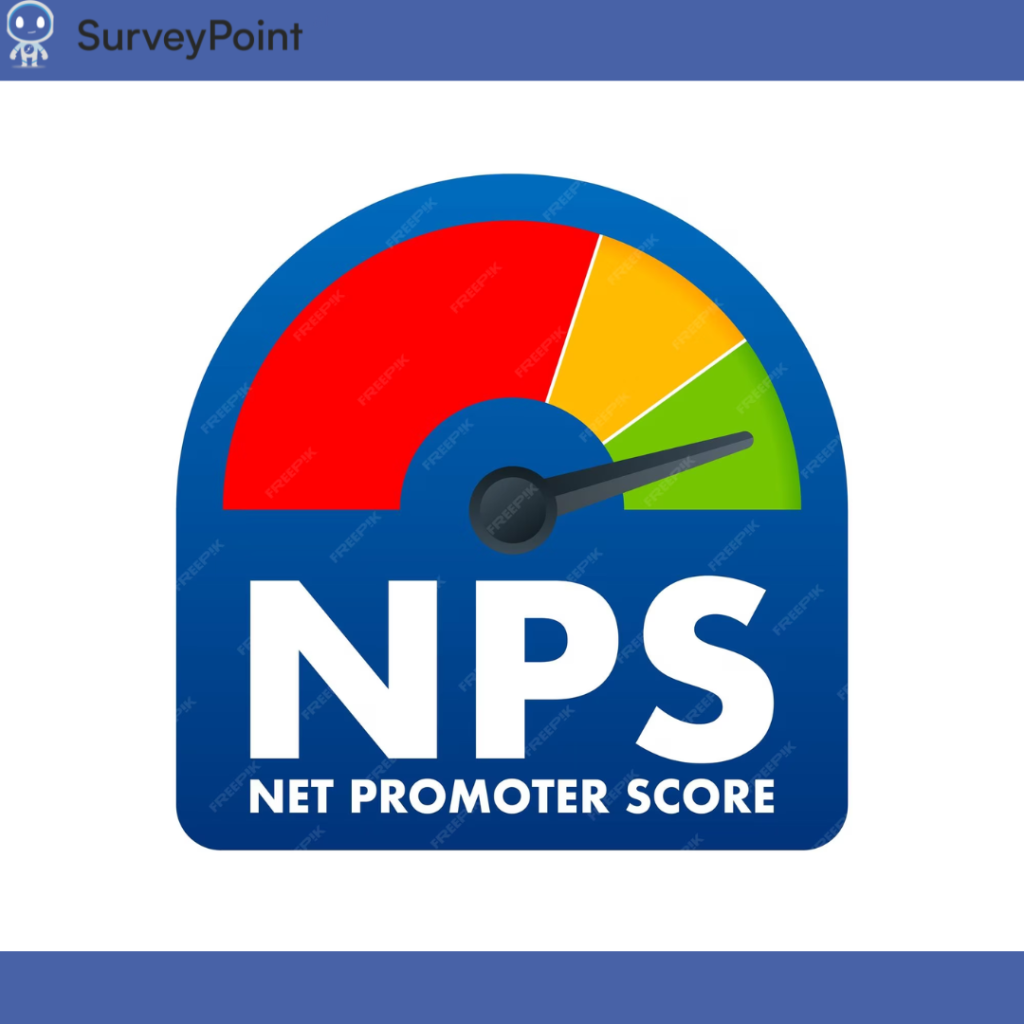
“Field data collection” is the process of getting information in person at a specific place (as opposed to remotely).
Companies can get some essential information by collecting data in the field. The data collected on the field is primary data. So, business leaders can see precisely what is happening in a store or construction site and use that information to make intelligent choices.
Many businesses need to make good use of that information. In this blog, we’ll talk about what is field-based data collection, why it is a good idea, and what are the 4 methods of data collection.
First, let us begin by understanding field data and its collection process.
What is Field Data?
Field data comes from the real world or the natural environment, not lab experiments or computer simulations. Researchers, scientists, and technicians who go out into the field to observe and measure things like the behavior of animals, the growth of plants, the quality of soil or water, or the features of geological formations often collect this kind of information. Field data can be collected in many ways, such as through surveys, interviews, sensors, cameras, or measuring tools. This data can give us essential information about the complex and changing processes that happen in nature. Simply, the data collected on a field is called ‘field data.’
Secondly, let us understand when field study should be conducted.
How Do You Know When to Do a Field study?
For projects that need specific conditions, like quiet for voice recordings or bright light for video capture, it’s best to collect data in the field. If the collection needs special tools, the best way to do it is in the field.
For example, if a company is working on voice recognition technology for car use, it may need to record test subjects in the vehicles.
It’s essential to include car horns and traffic noise that can happen when a natural person tries to use the technology. These things wouldn’t be recorded in a sound booth.
Following this, now is the time to discuss the most critical aspect of field-based data collection. Any guesses? Well, it is the steps involved in the field data collection process.
The 7 Steps of the Field Data Collection Process
To ensure that collecting data goes as planned, your company needs to follow the seven steps below.
Step 1: The Idea
The first step in getting helpful information is to make a detailed plan for a survey. The questions can quickly go on for too long. But there are only three things to remember when making the questions:
- What do we want from all this data collection in the field?
- Where are you in terms of what you know?
- Tell me exactly what you need.
After making a list of questions, the next step is to create a budget. The task relates to the first point because the number of questions and the cost go opposite.
Costs go up as more questions are asked. The cost of materials, rewards, and doing the survey should also be considered.
Step 2: The Survey
The design of the survey has a significant impact on the number of respondents and the ways that data is collected, processed, and analyzed in the field.
Here are some tips for the best way to do things:
- Only the questions that are important to the group being studied and the purpose of the survey should be asked. If you can help it, you should not ask optional questions.
- Just be sure to use simple language. It should be clear right away.
- People will probably want to finish this form quickly, so using simple language will help.
- Use plain English instead of jargon if your readers need help understanding the terms.
- Put the questions in the proper order. This will help you understand why.
Step 3: The Tools
The tool depends on the people you want to reach.
At first glance, mobile data collection would be faster, better for the environment, and cheaper. Paper surveys are necessary for places like restaurants, theaters, or small towns with spotty service.
If the second is true, you can use offline survey apps. After collecting information on mobile devices and saving it in the cloud, your team can upload it to the platform when they reconnect to the internet.
Consider that some people who answer your survey might not be able to see the text. When this happens, Braille surveys can collect information that can be sent to an online tool for further analysis.
There are many benefits to using a mobile device to collect data in the field. For example, it can significantly reduce the number of mistakes made when entering data, report on data collection in real-time, and include calculators and conditional questions.
When mobile devices collect data in the field, costs decrease significantly (and not only because it saves on paper). Pay more people to spend a little time running, collecting, and analyzing survey data each week.
Step 4: The Features
When you work with data in your business, you must fill out complicated forms.
So, it would help if you had reliable tools for making forms more accessible to collect and analyze data in the field.
Step 5: The Test
There is a high chance of making a mistake when doing field research and collecting data, especially with new technologies.
There could be technical problems like the software crashing or insufficient bandwidth on the network.
Do you have any ways to ensure that the information you gather in the field is correct? Does your survey allow for urgent reports to be sent in real-time?
The work that went into testing the strategy for collecting data in the field could pay off in spades in the future. Because of this, it takes careful thought and analysis to plan for any problems when collecting data in the field. They can be done over and over again until they feel natural.
Step 6: The Resources
Talking to customers in the field and getting their information could be more fun. This is a challenging thing to do.
So, here are some of the things you’ll need for your strategy to collect data in the field:
- They will be made by someone who does surveys.
- A copywriter will look into the question-and-answer options and write them up.
- Technical workers, or the person who can run the survey software and fix any problems.
- To conclude datasets, you need someone who is an expert in analytics.
Step 7: The Report
When you return from collecting data in the field, you should do these things.
- Feedback should be used to let people know what happened.
- How did the survey process work out in the end?
- Could wrong information be gathered because of how it was collected?
- How can the process of gathering data be made better?
- How did people fill out the paper survey on the device?
- What kinds of problems did the field survey run into?
- Is there something your team needs to better prepare for these challenges?
Online survey tools like Survey Point’s dashboards make it easy to see data in charts, graphs, and word clouds, among other visual formats. Try using them on your next analysis project to see how much time they can save you.
Isn’t field data collection an exciting job? If you’re interested in field data collection, you can go through the field data collector job description.
Now that we have understood what field-based data collection is, let us move forward. Finally, we will now discuss the methods of data collection.
What are the 4 Methods of Data Collection?
There are several data collection methods, but four common ones are surveys, interviews, observations, and experiments.
Surveys:
In a survey, a group of people is asked questions to learn more about their thoughts, opinions, or actions. You can survey in person, over the phone, by email, or by completing a questionnaire online. The goal is to get information from a large group of people who like each other. Survey Point is one of the best platforms for conducting surveys.
Interviews:
Interviews are one-on-one conversations between a researcher and a participant. The goal is to understand more about the participant’s experiences, thoughts, or behaviors. Interviews can be done in person, over the phone, or through a computer program called video conferencing.
Observation:
Observation is when you watch and write down behaviors or events as they happen. This method is often used to study how people or animals act. It can be done in the real world (like watching kids at a playground) or in a lab (like observing rats in a maze).
Experiments:
In an experiment, you change one or more variables to see how they affect something you’re interested in. For example, a researcher might randomly give some people a new drug or a placebo and then track how their symptoms change over time. Experiments are often done in a lab or other controlled setting, and they can help find out how one variable affects another.
Each method has pros and cons, and researchers must carefully choose the method(s) that will best answer their research questions and meet their goals.
Conclusion
If you have good information to start with, you’ll get good results. It would be excellent if we could find the information we need online, but that’s not always the case.
As a bonus, there’s nothing better than spending time in nature. This is why the best results come from gathering information in the field. So, it’s essential to carefully choose the most effective way to collect data in the field and make a plan for doing so.




